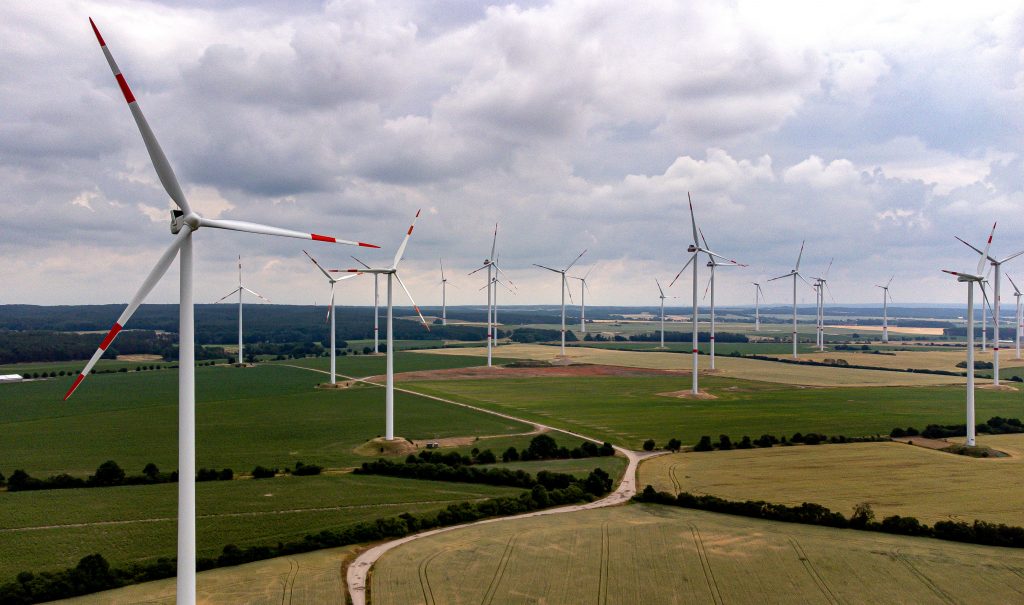- NextEra Energy adopted the term "real zero" to show it won't become emissions-free by using offsets.
- The utility aims to cut greenhouse-gas emissions with solar, battery storage, and green hydrogen.
- Avoiding use of emissions offsets should be a broader goal, some environmental advocates say.
This article is part of Insider's weekly newsletter on sustainability, written by Catherine Boudreau, senior sustainability reporter.
Add another buzzword to the list of corporate climate jargon: "real zero."
The term was coined Tuesday by NextEra Energy, when the utility rolled out a plan to nearly eliminate greenhouse-gas emissions by 2045 through a massive expansion of solar farms and battery storage, plus the eventual replacement of natural gas with hydrogen made from renewables, also known as green hydrogen.
NextEra, a Florida company with operations across the country, said it won't purchase carbon offsets or rely on carbon-capture technology to achieve its goals, unlike many of its competitors with net-zero emissions goals.
"I think real zero is a poke in the eye to other companies," Susannah Randolph, the senior campaign representative in Florida for the Sierra Club's Beyond Coal Campaign, said. "I'm hopeful it will be a delineation from net zero, which has so many holes it's like Swiss cheese."
One of those holes is carbon offsets, Randolph said. They allow corporate polluters to compensate for emissions they can't cut from their own operations by paying for projects like preserving forests or renewable energy. But there's a lot of criticism of their environmental integrity, and climate advocates want companies to decarbonize their own operations first before turning to offsets.
More than one-third of the world's largest public companies now have net-zero targets, according to Net Zero Tracker. Some 40% of companies intend to use carbon offsets to meet the goal, while less than 2% explicitly rule them out. That means almost 60% didn't say one way or the other.
Rebecca Kujawa, the CEO of NextEra Energy Resources, the company's clean-energy arm, said the utility doesn't need offsets because it already has the technology and government incentives to achieve carbon-free power.
"If we see that real zero is possible, why not set that as the ambition?" she told Insider.
Still, NextEra's plan does rely on technology that is still in its infancy: green hydrogen. The alternative fuel doesn't produce emissions when burned and is growing in demand. But it's still too expensive to compete with hydrogen made from fossil fuels.
The majority of NextEra's emissions are generated by Florida Power and Light, the largest utility in the state, which mainly runs on natural gas. Solar panels and battery storage can be added over the next two decades, but gas plants won't run on green hydrogen until the 2040s, Kujawa said. In the meantime, expanding renewable energy will bring costs down and, in turn, make green hydrogen cheaper, she added. Florida Power and Light also has a pilot project at its Okeechobee plant to prove green hydrogen's potential, which is expected to be online in 2023.
"The future of green hydrogen is exciting. But it's also a big question mark," Alissa Schafer, the research and communications manager at the Energy and Policy Institute, said. "It depends on how quickly it scales up and how green it will really be. Worst-case scenario, we'll see that the promise of green hydrogen justified the construction of natural-gas infrastructure."
